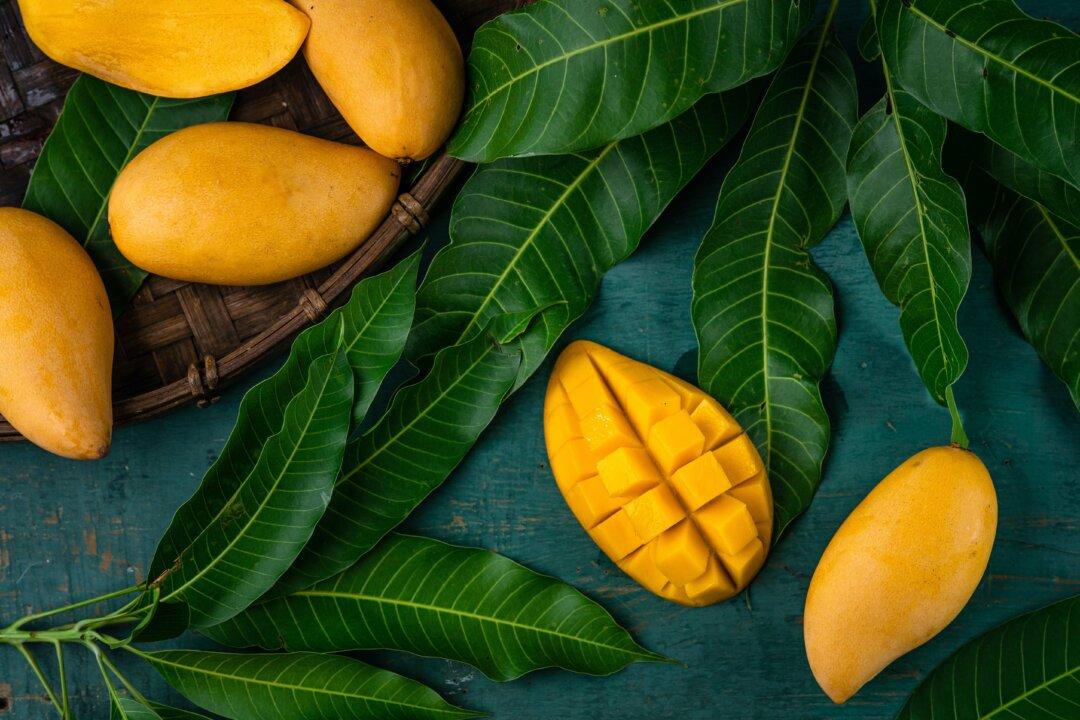Summer in South Florida means an abundance of mangoes. The tropical trees thrive in the region, including in hundreds of locals’ backyards—and chef Niven Patel’s is no exception. More than 10 varieties flourish at his 2-acre farm in Homestead, Florida, where he grows fresh fruits, vegetables, and herbs for his Miami restaurants Mamey, Orno, and Ghee Indian Kitchen.
“We grow different varieties that each have their own unique flavors and sizes,” Patel says, from giant Southern Blush mangoes to small but smooth-fleshed Carrie mangoes—both originating in South Florida. One of Patel’s favorites is the Nam Doc Mai, a popular cultivar from Thailand that he describes as “floral with passion fruit notes.”






